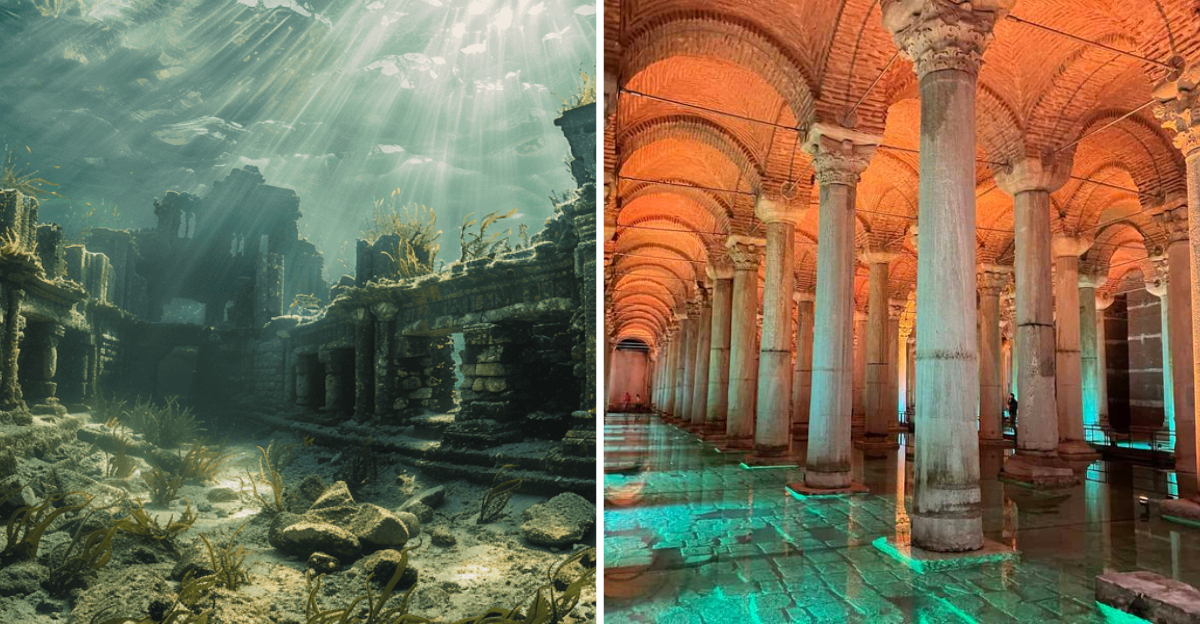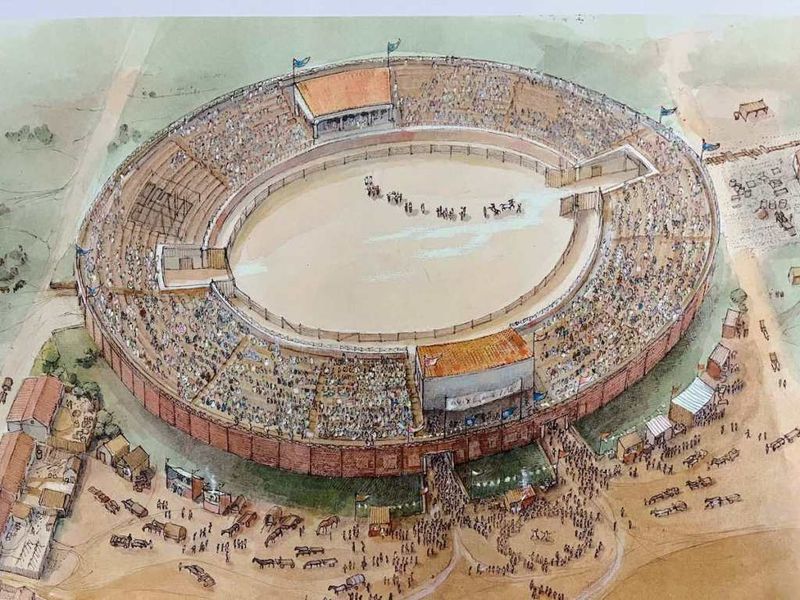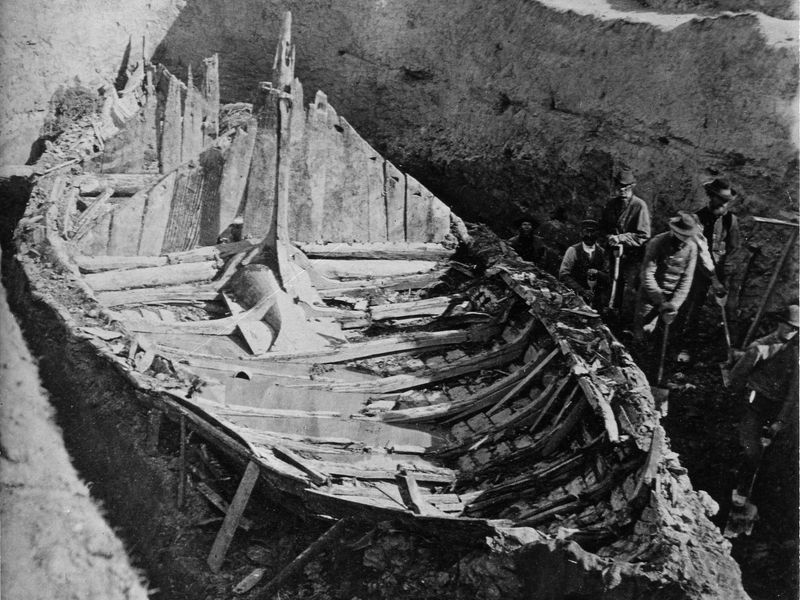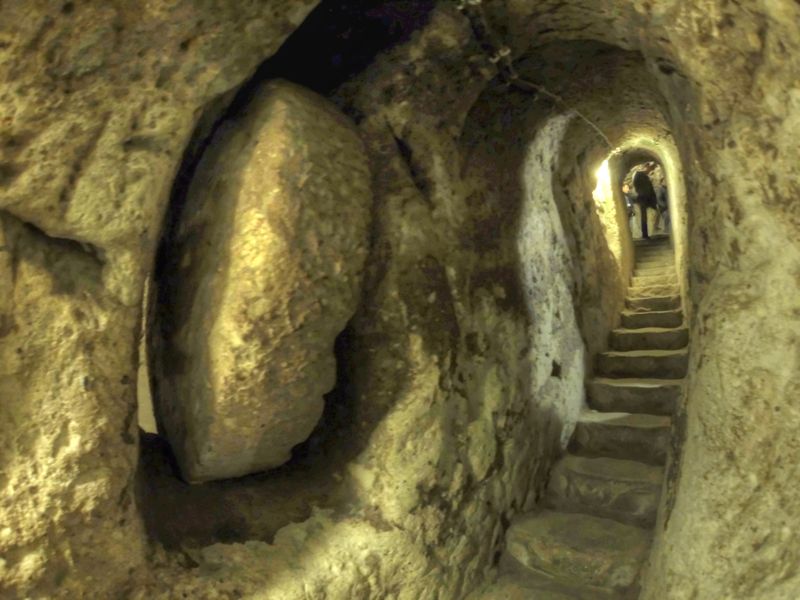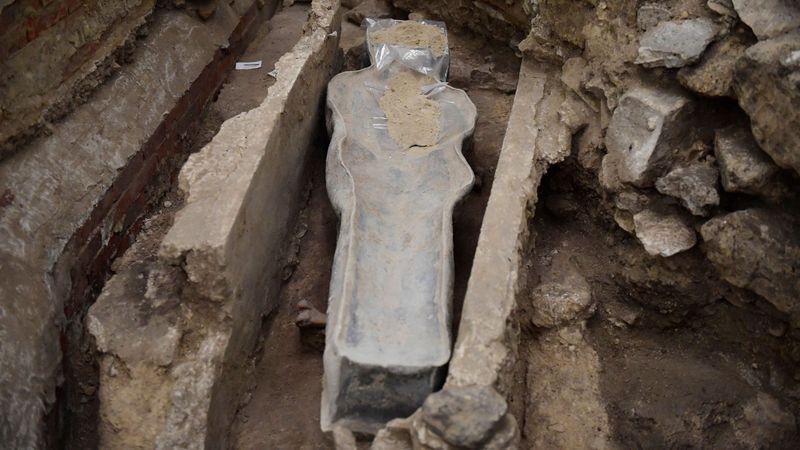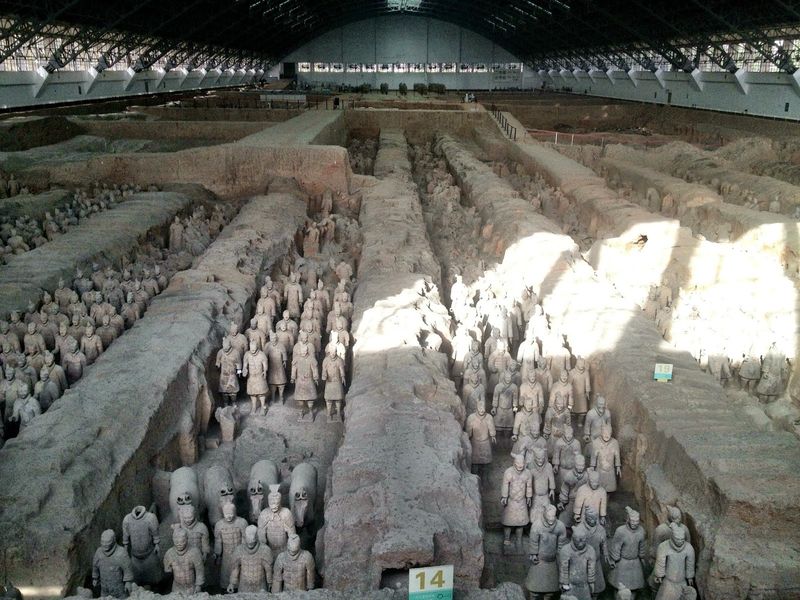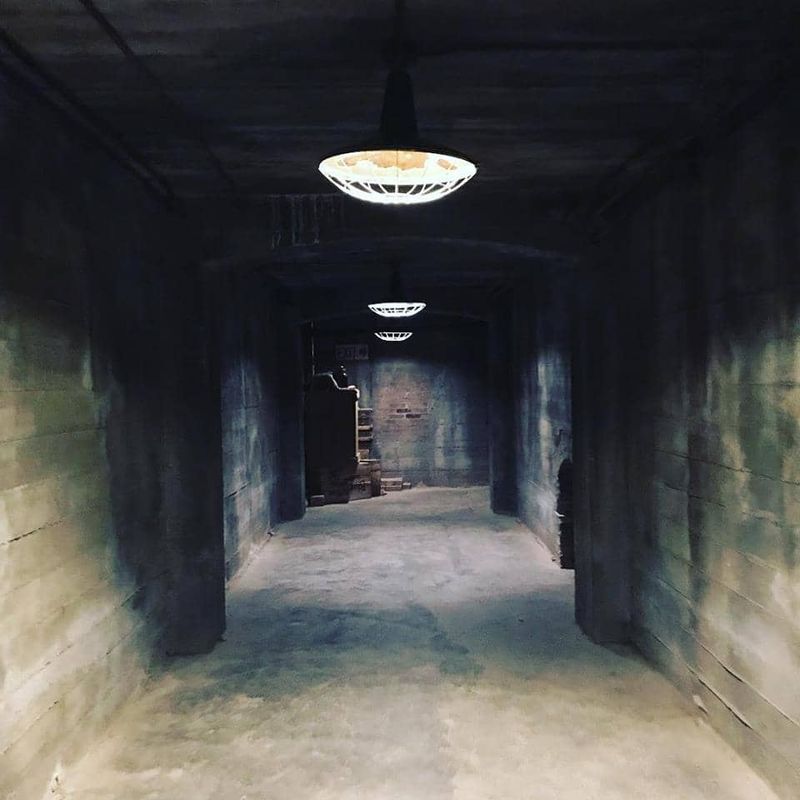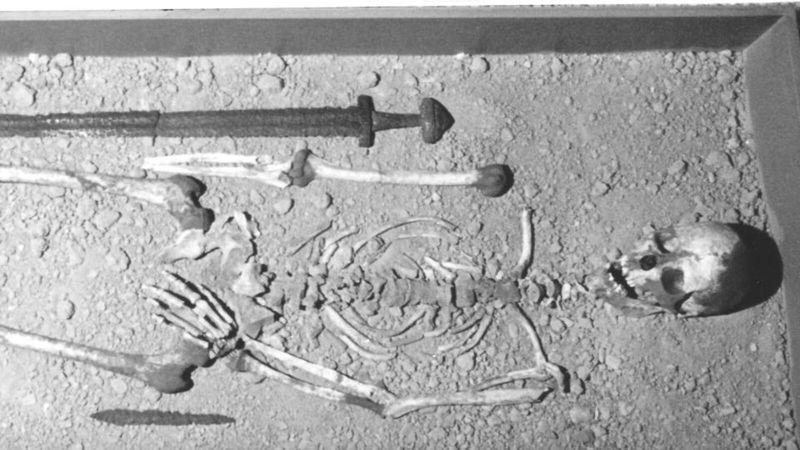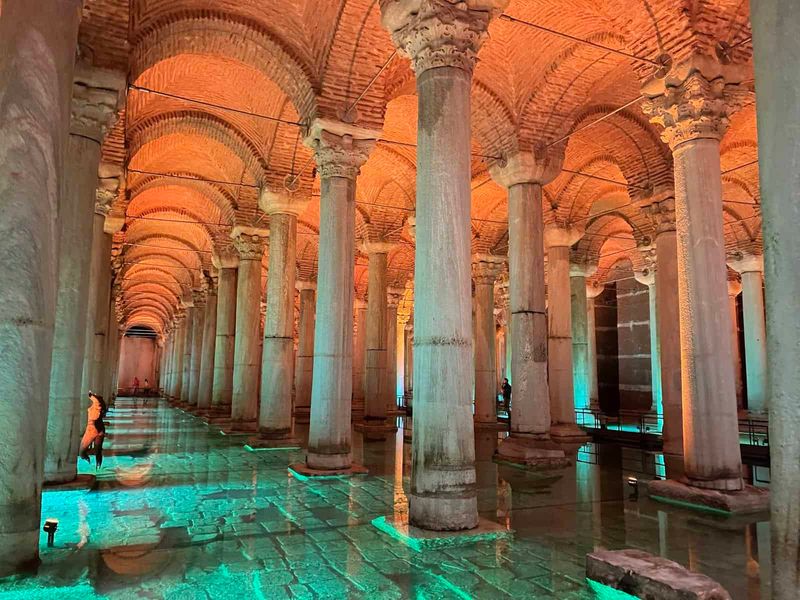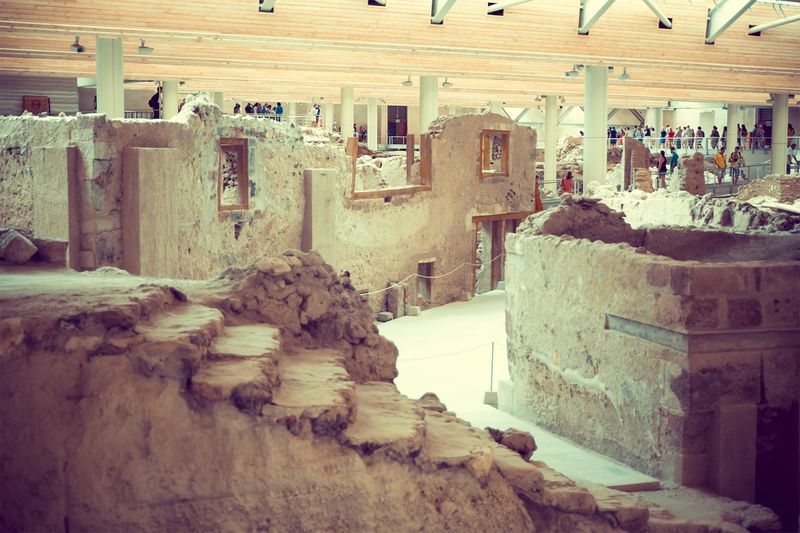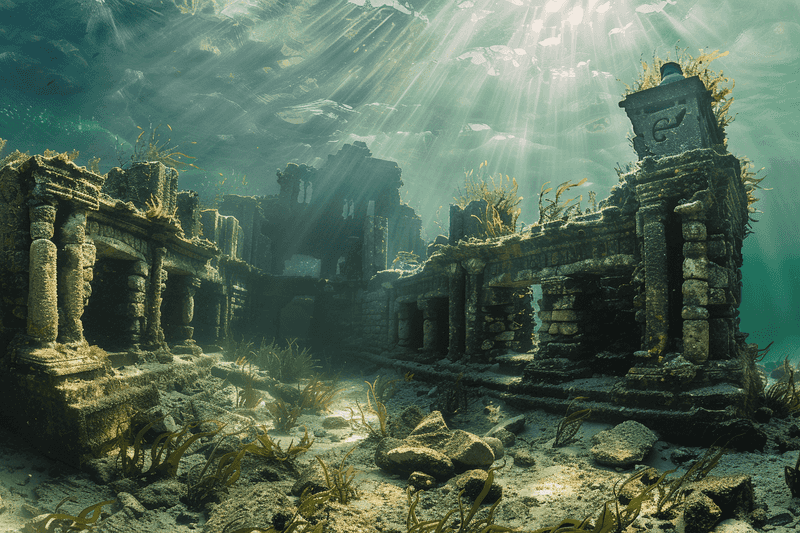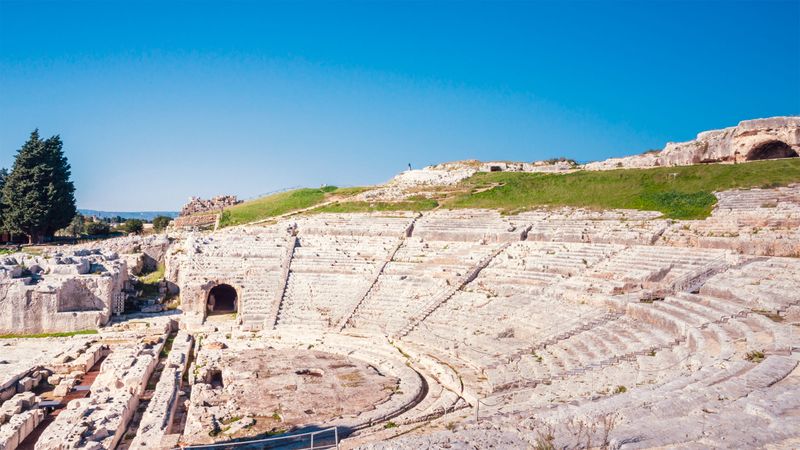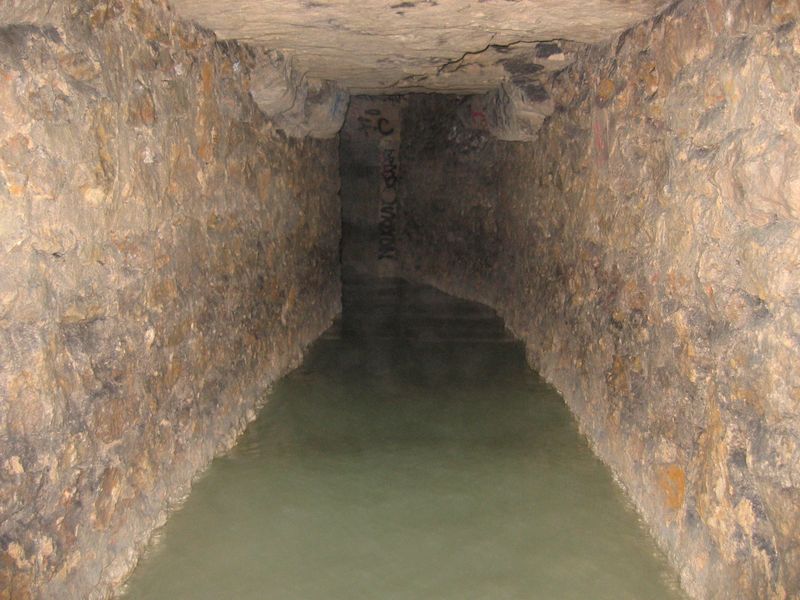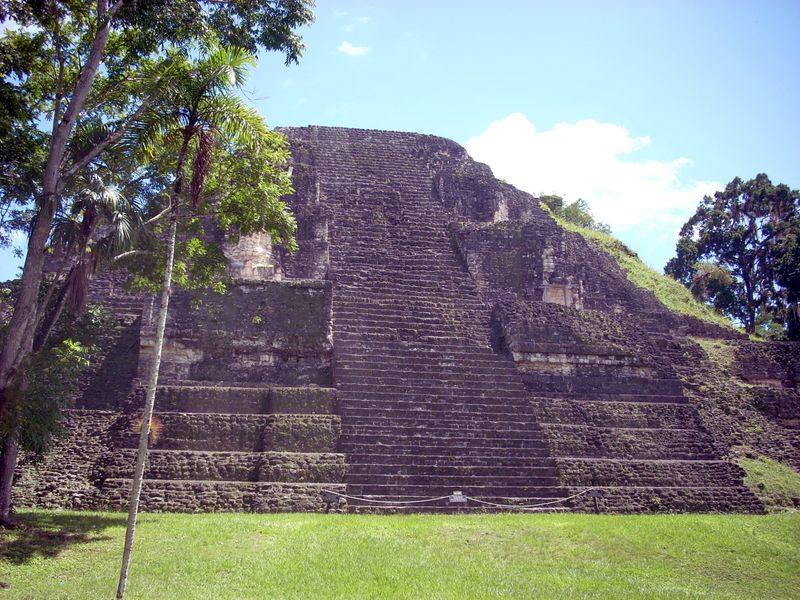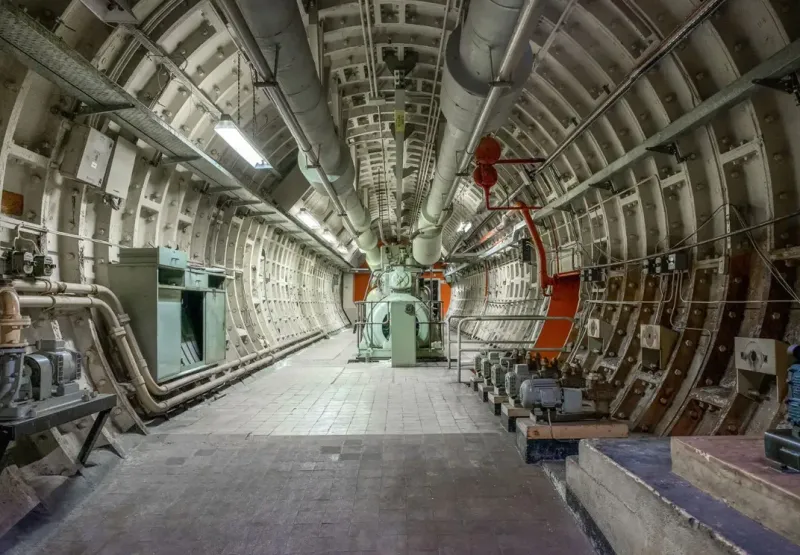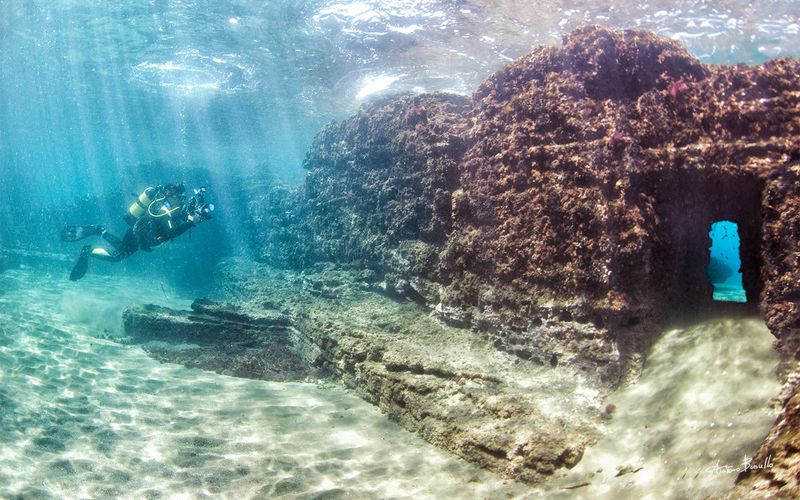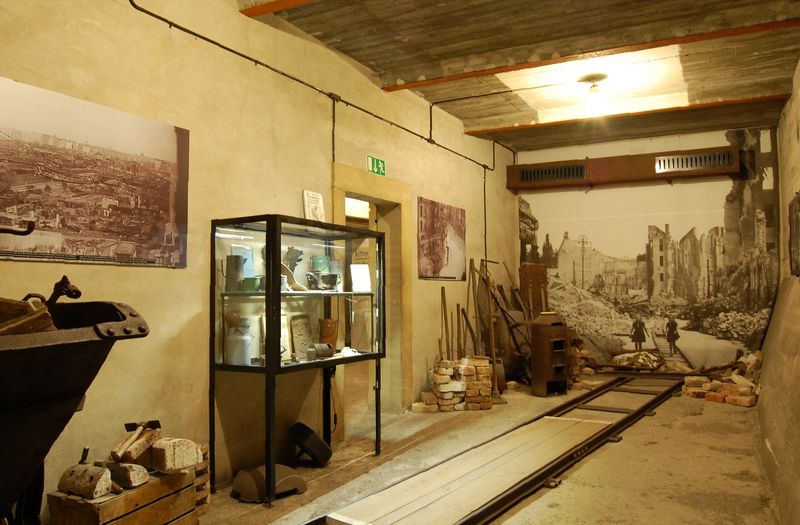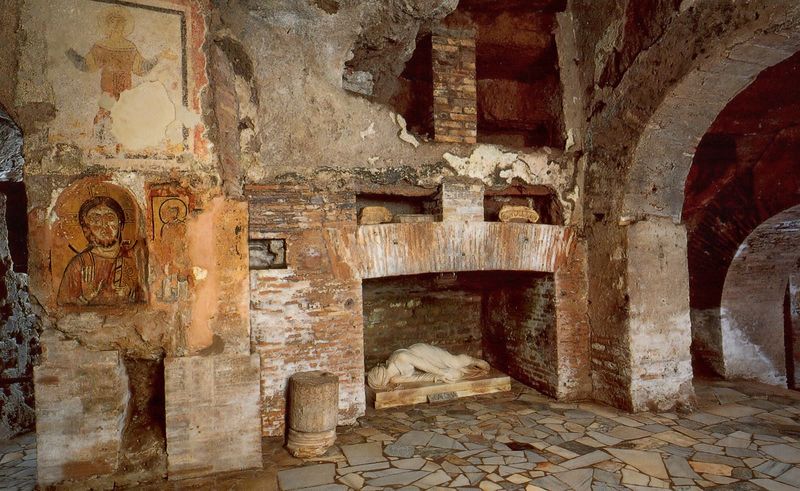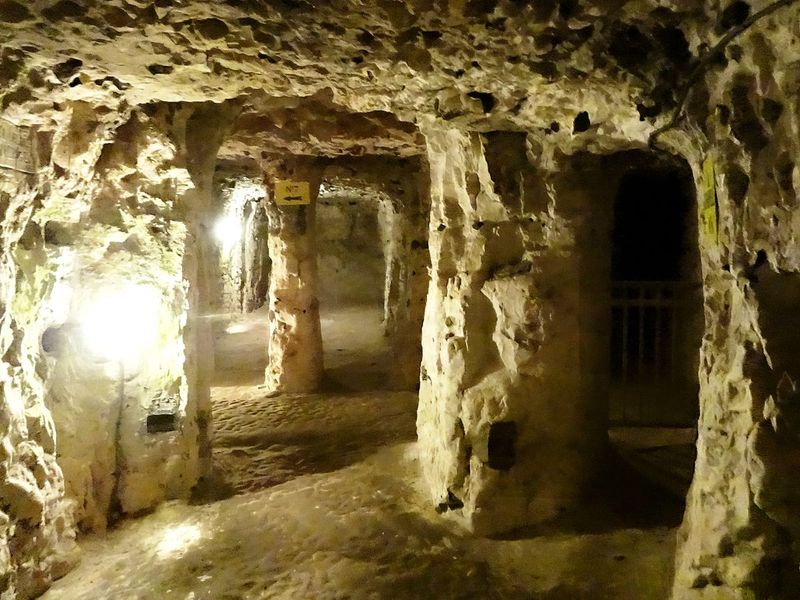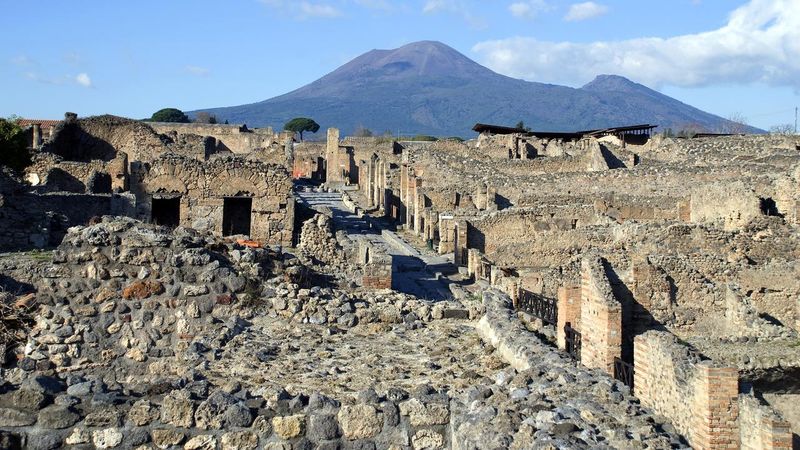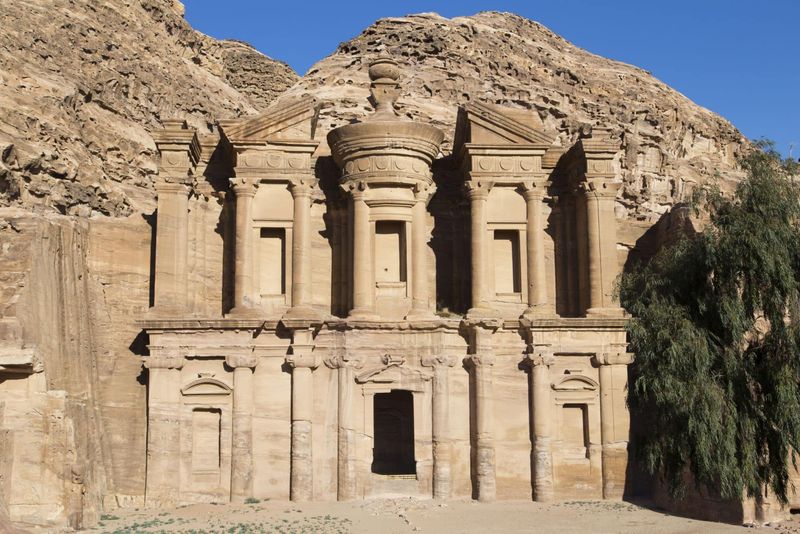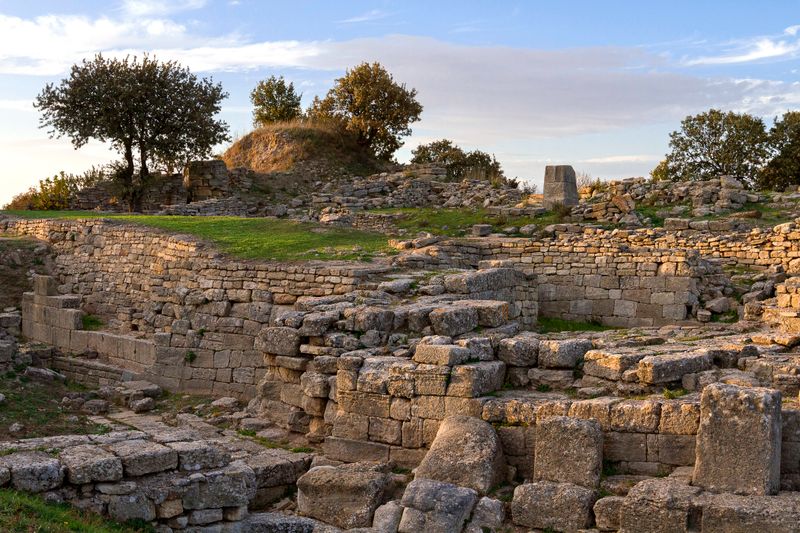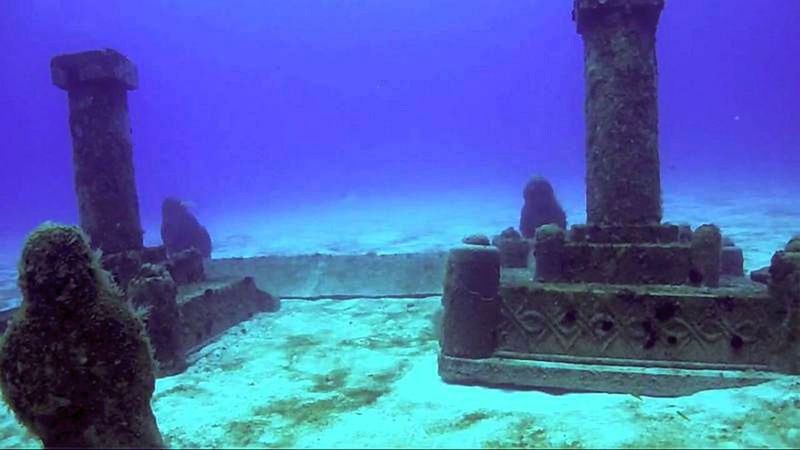Cities are vibrant hubs of modern life, bustling with activity both above and beneath the surface. Beneath the concrete and steel, however, lie secrets from the past waiting to be uncovered. With each dig, archaeologists and urban explorers unveil unbelievable finds that shed light on our rich history and cultural evolution. This blog post explores 23 remarkable discoveries unearthed beneath modern cities, revealing stories that have long been buried. Join us as we journey through time and across the globe to uncover these hidden treasures.
Ancient Roman Amphitheater in London
In 1988, excavations beneath the bustling city of London revealed an ancient Roman amphitheater. Located in the heart of the modern financial district, this stunning archaeological find dates back to the first century AD. The amphitheater, once a vibrant center for entertainment and public gatherings, offers a fascinating glimpse into the past.
The discovery transformed our understanding of Roman life in ancient Londinium, showcasing the city’s historical significance as a cultural hub. Today, parts of this remarkable structure are preserved and displayed at the London Guildhall, providing visitors with a window into a world long gone.
The Viking Ship in Oslo
In 2019, archaeologists in Oslo, Norway, unearthed a buried Viking ship beneath a farm field. This intriguing find dates back to the early Viking Age, around the 9th century. Measuring approximately 20 meters in length, the ship was used for ceremonial purposes and may have belonged to a prominent figure.
The vessel’s preservation offers an exceptional opportunity to study Viking shipbuilding techniques and maritime practices. Through this discovery, we gain insight into the rich seafaring culture of the Norse people, their exploration, and their influence across Europe during the Viking Age.
Underground City of Derinkuyu
Beneath the arid landscape of Cappadocia, Turkey, lies the underground city of Derinkuyu, discovered in 1963. This extraordinary subterranean metropolis, dating back to the Byzantine era, spans multiple levels and could accommodate over 20,000 people. It served as a refuge during times of war and persecution.
The city includes living spaces, kitchens, wine cellars, chapels, and even a school. Its remarkable architecture demonstrates the ingenuity and survival instincts of its inhabitants, making Derinkuyu one of the most significant archaeological finds beneath a modern settlement.
Medieval Cemetery under Paris
During 2013 construction work in Paris, France, workers stumbled upon an ancient medieval cemetery hidden beneath the city’s streets. This burial site, dating back to the 12th century, contained the remains of hundreds of individuals.
The cemetery’s excavation uncovered various artifacts, including pottery and personal items, providing insight into the lives and customs of medieval Parisians. This find enriches our understanding of the city’s historical layers, highlighting the coexistence of the past and present beneath the vibrant urban landscape of Paris.
The Terracotta Warriors in Xi’an
In 1974, farmers digging a well in Xi’an, China, made a discovery that would captivate the world: the Terracotta Warriors. Crafted during the reign of Emperor Qin Shi Huang in the 3rd century BC, this vast army of clay soldiers was buried to guard the emperor in the afterlife.
Each statue is unique, with lifelike details and expressions, reflecting the craftsmanship of ancient Chinese artisans. This monumental find offers a window into China’s imperial history and artistic achievements, attracting millions of visitors to witness the grandeur of the Terracotta Army.
The Hidden Tunnels of Moose Jaw
Beneath the streets of Moose Jaw, Canada, lies a network of tunnels shrouded in mystery. Discovered in the 1980s, these hidden passageways date back to the early 1900s and were allegedly used for smuggling during Prohibition.
Some believe the tunnels provided refuge for Chinese immigrants facing discrimination, while others speculate about their connection to infamous gangsters like Al Capone. The tunnels offer a unique glimpse into the clandestine activities that once thrived beneath the city’s surface, sparking curiosity and intrigue among historians and visitors alike.
The Buried Viking Longhouse in Dublin
In the bustling heart of Dublin, Ireland, archaeologists unearthed a remarkable Viking Longhouse, dating back nearly 1,000 years. This stunning find revealed intricately crafted wooden structures that once housed Viking settlers in the region.
The discovery offers a glimpse into the daily lives of these ancient warriors, showcasing their architectural prowess and cultural influences. It provides a tangible connection to Dublin’s Viking past, right beneath the feet of its modern inhabitants.
As this significant archaeological endeavor continues, it promises to shed further light on the enigmatic Viking presence in Ireland, sparking curiosity and fascination among locals and historians alike.
Byzantine Basilica under Istanbul
In 2014, an accidental discovery during an aerial survey revealed the submerged ruins of a Byzantine basilica beneath Lake Iznik, Istanbul. Dating back to the early Christian period, this basilica once stood as a significant religious center.
The underwater excavation uncovered well-preserved stone columns, mosaics, and religious artifacts, offering a glimpse into the architectural grandeur of Byzantine Christianity. This finding enhances our understanding of Istanbul’s rich historical tapestry, connecting the city’s modern identity to its ancient roots.
The Subterranean Ruins of Akrotiri
In the 1960s, excavations on the Greek island of Santorini uncovered the ancient city of Akrotiri, buried beneath layers of volcanic ash. This remarkable Minoan settlement, dating back to the Bronze Age, is often referred to as the “Minoan Pompeii.”
The well-preserved ruins, including frescoes and artifacts, offer invaluable insights into Minoan civilization, art, and daily life. Akrotiri’s discovery sheds light on the advanced urban planning and cultural achievements of the Minoans, making it a treasure trove for archaeologists and historians alike.
The Lost City of Helike
In 2001, marine archaeologists discovered the lost city of Helike, submerged beneath the Gulf of Corinth in Greece. Once a prosperous Greek city, Helike vanished in a cataclysmic earthquake around 373 BC.
The underwater ruins reveal ancient structures, pottery, and artifacts that tell the story of Helike’s rise and fall. This discovery offers a rare glimpse into the geological forces that shaped ancient Greece and the enduring legends surrounding its cities. Helike’s remains serve as a poignant reminder of the impermanence of human endeavors against nature’s might.
Ancient Greek Theater in Sicily
In 2011, archaeologists unearthed an ancient Greek theater buried beneath modern buildings in the Sicilian town of Agrigento. Dating to the 5th century BC, this theater was a cultural hub for Greek performances and gatherings.
The excavation revealed stone seats, a stage area, and remnants of decorative elements. This remarkable find highlights the cultural exchange between Greek settlers and local populations in ancient Sicily. It offers insights into the artistic and social life of the era, enriching our knowledge of Mediterranean history and architecture.
The Forgotten Mines of Paris
Beneath the bustling streets of Paris lies a labyrinth of forgotten mines, rediscovered in the late 20th century. These tunnels, dating back to Roman times, were used to extract limestone for building the city’s iconic architecture.
Explorers navigating this underground world have uncovered carvings and inscriptions left by miners throughout history. The forgotten mines offer a hidden perspective on Paris’s development, revealing the city’s reliance on subterranean resources and the stories of those who toiled below its surface.
The Lost Mayan City of Tikal
In 1848, explorers stumbled upon the lost Mayan city of Tikal in the dense jungles of Guatemala. This ancient metropolis, once a thriving cultural center, dates back to the 4th century BC.
Tikal’s towering temples, plazas, and ceremonial structures reflect the grandeur of Mayan civilization. The site’s discovery rekindled interest in Mayan history, shedding light on the achievements and mysteries of this enigmatic culture. Tikal remains an archaeological marvel, offering a window into the spiritual and political life of the ancient Maya.
The Secret War Tunnels in London
In the heart of London, a network of secret war tunnels lay hidden until they were rediscovered during renovations in the 21st century. Dating back to World War II, these tunnels served as command centers, communication hubs, and shelters.
The tunnels’ preservation offers a tangible connection to wartime history, revealing the strategic planning and unyielding spirit of the past. This discovery allows us to reflect on the resilience and ingenuity of those who sought refuge beneath the city during times of conflict.
The Submerged Ruins of Baiae
The ancient Roman city of Baiae, once a luxurious resort, now lies submerged beneath the Bay of Naples, Italy. Discovered in the 1940s, the underwater ruins date back to the 1st century BC.
Divers exploring Baiae have uncovered well-preserved villas, mosaics, and sculptures, offering a glimpse into the opulent lifestyle of Rome’s elite. The site provides a unique underwater archaeological experience, allowing us to explore the leisure and decadence of ancient Roman society beneath the waves.
The Underground Bunkers of Berlin
Beneath the streets of Berlin lie abandoned bunkers, rediscovered in the post-war era. These structures, built during World War II, served as shelters and command posts for military operations.
The bunkers’ dark corridors and remnants of wartime artifacts offer a haunting reminder of the city’s turbulent past. Exploring these underground spaces reveals the resilience and determination of Berlin’s inhabitants during times of crisis, providing a poignant connection to history’s enduring impact on the city.
The Hidden Catacombs of Rome
Beneath the ancient city of Rome lies a network of catacombs rediscovered in the late 19th century. Dating back to the 2nd century AD, these burial chambers served as final resting places for early Christians.
The catacombs’ intricate labyrinths and frescoes offer insights into early Christian beliefs and practices. They reveal the challenges of preserving faith in a predominantly pagan society. This discovery enriches our understanding of Rome’s religious evolution, connecting us to the spiritual legacy of early Christian communities.
The Ancient Subterranean City of Naours
In 1887, the ancient subterranean city of Naours was rediscovered beneath Picardy, France. This underground labyrinth, carved from chalk, dates back to the Middle Ages and was used as a refuge during conflicts.
The city’s intricate network of tunnels, chambers, and inscriptions provides a glimpse into medieval life and the strategies for survival during turbulent times. Naours’ rediscovery highlights the resilience and resourcefulness of its inhabitants, offering a unique perspective on the challenges faced by communities in France’s history.
The Buried Ruins of Pompeii
In 1748, explorers began to uncover the buried ruins of Pompeii, Italy, frozen in time by the eruption of Mount Vesuvius in 79 AD. This ancient Roman city offers a snapshot of daily life, preserved beneath layers of volcanic ash.
Pompeii’s remarkably intact buildings, streets, and artifacts provide unparalleled insights into Roman society, culture, and architecture. The site’s excavation revolutionized archaeology, offering a vivid portrayal of a vibrant city suddenly lost to disaster. Pompeii remains a poignant reminder of the fragility of human existence against the forces of nature.
The Underground Pyramids of Teotihuacan
In 2003, archaeologists in Teotihuacan, Mexico, discovered hidden tunnels beneath the famous pyramids. These subterranean passages, dating back to the ancient Teotihuacan civilization, lead to ceremonial chambers used for religious rituals.
The tunnels’ discovery offers insights into the spiritual practices and architectural ingenuity of this enigmatic culture. These hidden chambers enrich our understanding of Teotihuacan’s complex social and religious dynamics, providing a deeper connection to one of Mesoamerica’s most influential civilizations.
The Lost City of Petra
In 1812, Swiss explorer Johann Ludwig Burckhardt rediscovered the lost city of Petra, hidden in the desert canyons of Jordan. This ancient Nabatean city, dating back to the 4th century BC, is renowned for its rock-cut architecture.
Petra’s monumental buildings, carved directly into vibrant cliffs, reflect the ingenuity and artistry of the Nabateans. The city’s rediscovery opened the door to exploring its historical and cultural significance, revealing Petra as a vital crossroads of ancient trade and civilization.
The Buried City of Troy
In the 1870s, archaeologist Heinrich Schliemann unearthed the buried city of Troy in modern-day Turkey. This ancient city, immortalized in Homer’s epics, dates back to the 3rd millennium BC.
The excavation revealed layers of history, from Bronze Age settlements to remnants of the legendary Trojan War. Troy’s discovery validated historical accounts and inspired further exploration of ancient Greek literature and archaeology. This site continues to captivate imaginations, blending myth with history in a timeless tale of heroism and conflict.
The Sunken City of Dwarka
Off the coast of India, the sunken city of Dwarka was discovered in the early 2000s. This legendary city, associated with the Hindu god Krishna, dates back to 1500 BC.
Underwater explorations have revealed ancient structures, artifacts, and evidence of a thriving maritime culture. Dwarka’s discovery offers a tantalizing glimpse into India’s mythical past and its intersection with historical reality. This submerged city continues to intrigue archaeologists and historians, bridging the gap between ancient myth and modern science.
